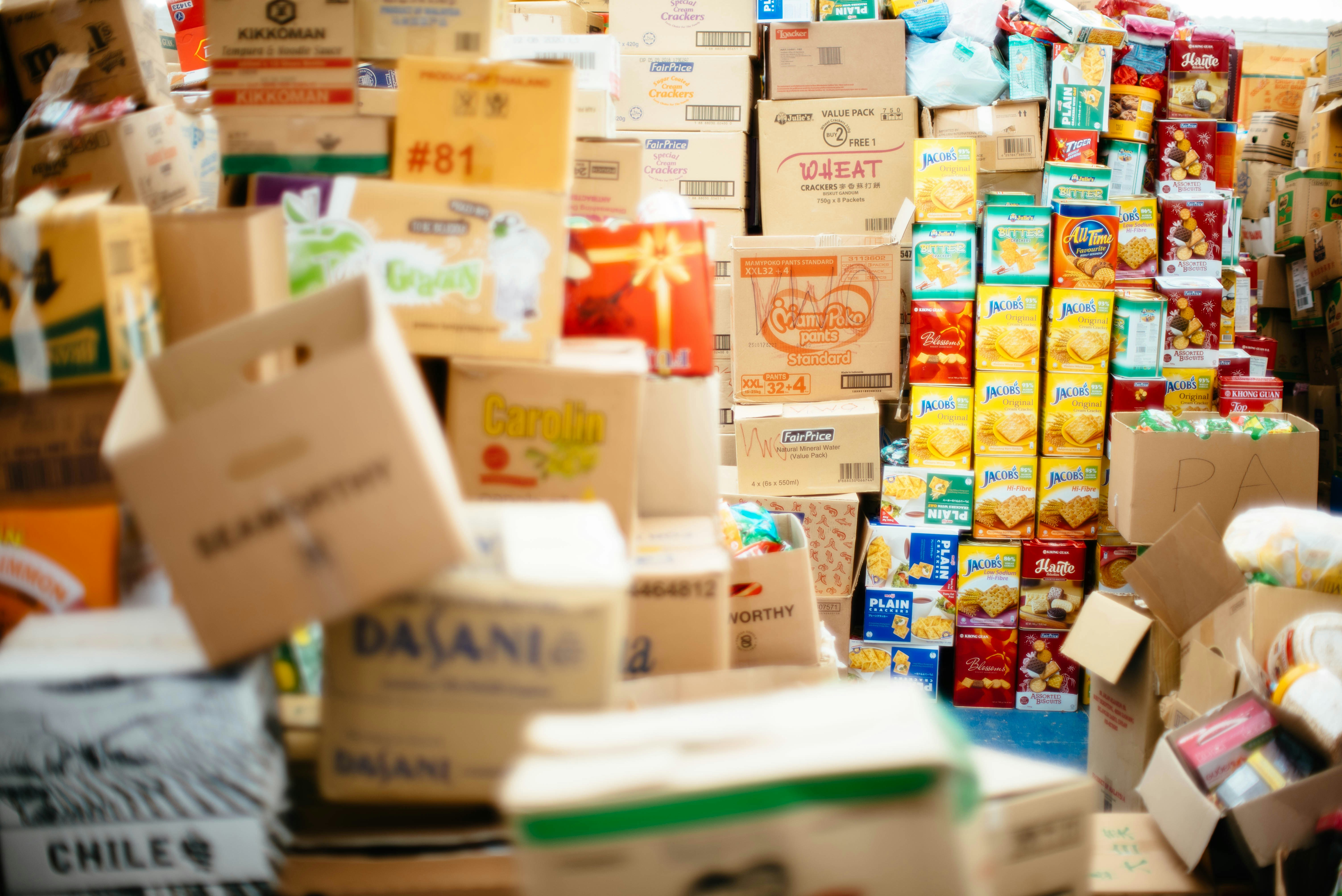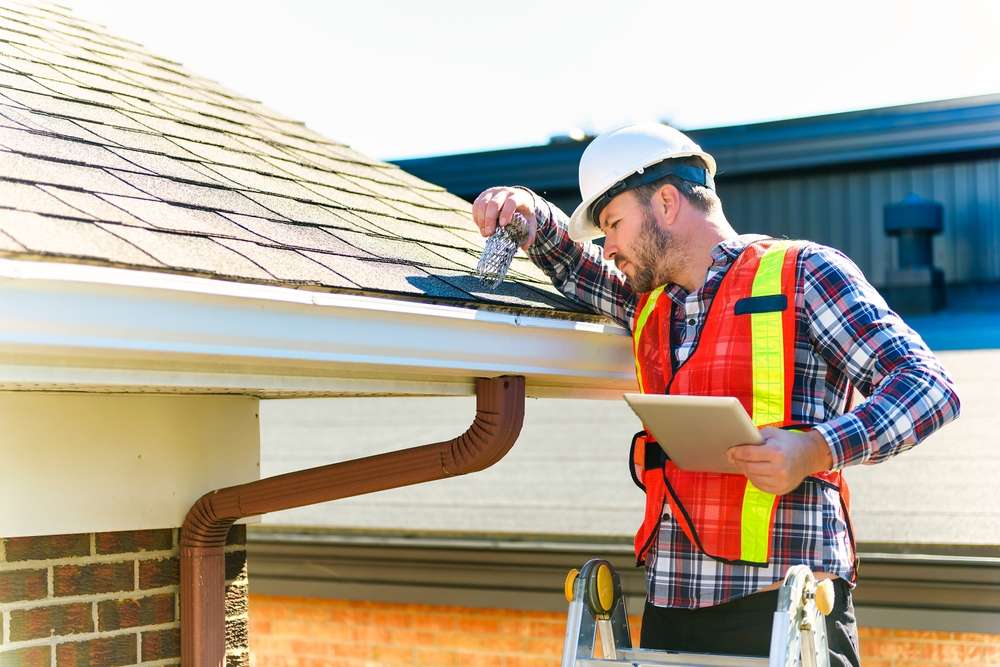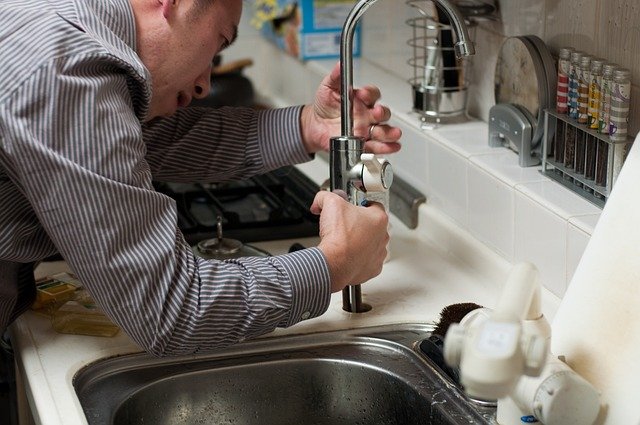How to Sell Amazon Returned Items: A Comprehensive Guide
Amazon returns are a significant part of e-commerce, with millions of items being sent back each year. For savvy entrepreneurs and resellers, these returned items represent a unique opportunity to generate additional income. Understanding the process of selling Amazon returned items can help you tap into a potentially lucrative market of discounted merchandise.

What Are Amazon Returned Items?
Amazon returned items are products that customers have sent back for various reasons, including slight damage, packaging issues, or simply changing their minds. These items typically go through a rigorous inspection process and are categorized into different conditions, ranging from like-new to refurbished. Resellers can purchase these items through specialized channels and marketplaces designed to handle returned merchandise.
Where to Check Amazon Returned Item Sales
Several platforms specialize in selling Amazon returned items. Amazon itself offers a dedicated section called Amazon Warehouse Deals, where customers can find discounted returned and refurbished products. Additionally, third-party liquidation websites like B-Stock, Liquidation.com, and Direct Liquidation provide extensive inventories of Amazon returns across various product categories.
How to Sell Amazon Returned Items Successfully
Selling Amazon returned items requires careful strategy and attention to detail. Start by researching reputable liquidation platforms and understanding their grading systems. Inspect items thoroughly upon receipt, documenting their condition and potential resale value. Consider selling through online marketplaces like eBay, Facebook Marketplace, or specialized resale platforms to maximize your potential profit.
Assessing the Condition of Returned Items
Carefully evaluating the condition of returned items is crucial to your success. Most returned merchandise falls into categories such as:
-
Grade A: Like-new condition
-
Grade B: Minor cosmetic imperfections
-
Grade C: Functional but visibly used
-
Refurbished: Professionally restored items
Understanding these grades helps you price items appropriately and set accurate customer expectations.
Pricing and Marketplace Comparison
| Platform | Item Conditions | Average Discount | Seller Fees |
|---|---|---|---|
| Amazon Warehouse | Like-new to used | 20-50% off | Varies |
| B-Stock | Mixed conditions | 30-70% off | Platform fees |
| Liquidation.com | Wholesale lots | 40-80% off | Membership required |
Prices, rates, or cost estimates mentioned in this article are based on the latest available information but may change over time. Independent research is advised before making financial decisions.
Final Considerations for Reselling Amazon Returns
Successful reselling of Amazon returned items requires patience, research, and a strategic approach. Build a reputation for transparency by accurately describing item conditions, providing clear photos, and offering fair pricing. Consider specializing in specific product categories to develop expertise and improve your sourcing and sales capabilities.
Navigating the world of Amazon returned items can be both challenging and rewarding. By understanding the market, selecting the right platforms, and maintaining high standards of quality and customer service, entrepreneurs can transform returned merchandise into a profitable venture.




